The importance of safeguarding your brand in China
Securing your brand and registering your trademark in China might not be the initial priority for every business – particularly if expanding into the Chinese market isn’t currently in your strategy. Nevertheless, Kea World Class New Zealander and solicitor Rocky Meng says it’s something all brands should investigate. Rocky owns a law firm in China and has set up a free online tool to help Kiwi businesses better understand how to protect their brand from the outset.
What are some of the issues you have seen arise with Kiwi businesses and trademarks?
New Zealand businesses too often enter the Chinese market without having properly thought about brand protection – only to discover that their trademarks, branding and name are already owned by a local third party. If a business’s trademark is already registered, the true owner cannot operate under their current trademark. The business will be unable to sell their product under their original branding which means they will need to change it and create a Chinese name, unravelling years of previous marketing work and adding a significant extra cost.
If you have not registered your trademark but realise later down the track that you would like to get your products into China, the first thing to look at is protecting your intellectual property (IP). China is a first-to-file trademark country meaning whoever registers their trademark first becomes the owner, not the party who uses the trademark first. If there is someone that already has your trademark registered, or even something very similar to yours, you will most likely be unable to register yours. Unfortunately for some businesses, there are opportunists in China who search for brands all over the world and register their trademarks to make money. They do this by selling the trademark back to the original owner or by selling cheap products/services under the trademark in China or other parts of Asia.
It’s also important to be aware that as a foreign company, some distributors will offer to help with your trademark registration – this happens often, particularly when the relationship between the business and distributor is good. Distributors can often want to save a small cost and save the hassle, but not all of them understand the process of registering which can be detrimental to the business. It’s important to register under your own name.
How can businesses avoid this problem?
For total peace of mind, you should apply for the registration of your trademark rights in China before meeting with or discussing any business with a potential partner, service provider, distributor or client. It’s crucial to ensure your brand is clear for use in China and to register your trademark.
I have a gin business that I own with two Kiwi business partners. When we launched in 2016, we began investigating trademarking from the very beginning. We first looked at China and then the EU and UK, Canada, US and New Zealand and Australia. So, while we were still in the stage of trialling our products, we already had a view of potential markets.

What does it cost to register a trademark in China?
The registration of a trademark is by classes – there are 45 different classes, but not all of them are relevant. A separate trade mark application must be filed for each class the business wants to obtain protection.
We advise you to register in only relevant classes. For example, a wine company may want to register in class 33 for wine as the main category. Then, you may want to register in other potential classes depending on your strategy such as packaging, advertisement, and online which is becoming more and more relevant with the development of e-commerce in China.
In terms of disbursement, each class is 300 RMB ($60 NZD) and includes 10 items of goods/services. An extra 30 RMB is charged per additional item – it’s not too expensive and is definitely worth doing.
Considering the cost of marketing, brand building and potentially designing new logos and packaging if you find someone else has your trademark, it’s well worth getting in early.
How should businesses go about registering a trademark?
The best thing to do is get good advice. When companies come to us we work to conduct an analysis of the business’s current logo and look at what we call ‘registration risks’ to see what companies are sitting in the same industry or category as the business we are assisting. We then inform the business on anyone that has registered the same or similar trademark and the risk factor that comes with that.
Lately my firm has been collaborating with the New Zealand Business Franchise in China and the New Zealand Business Roundtable (NZBRIC) to build a free system which helps New Zealand businesses navigate the complex world of intellectual property and safeguard their innovations in China with a tailored Trademark Health Report covering the following:
Dilution risk: The harm that a trademark’s reputation and distinctiveness could face if someone uses a similar or identical mark without permission.
Registration risk: If your trademark is not registered in China’s trademark administrative system or if there are already similar registered trademarks that resemble yours, there’s a higher likelihood that your trademark registration application will be rejected.
Infringement risk: How likely you may be challenged for using the mark/logo without trademark registration.
The Trademark Health Report will also provide you information on who in the market is registering identical or similar marks/logos as you, and prior obstacles to your registration. It will also supply you with a comprehensive trademark strategy, countermeasures, and protection advice that is tailored to your business.
Ready to get started? If you would like to use this free service head here to fill out the application form and use the discount code NZBRiCTM1. If you have any further questions about trademarking in China, email [email protected].

 MENU
MENU










